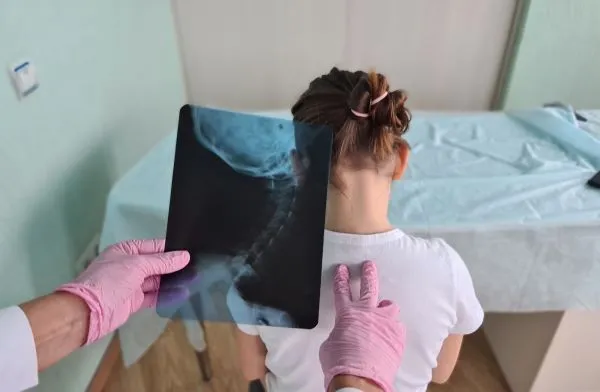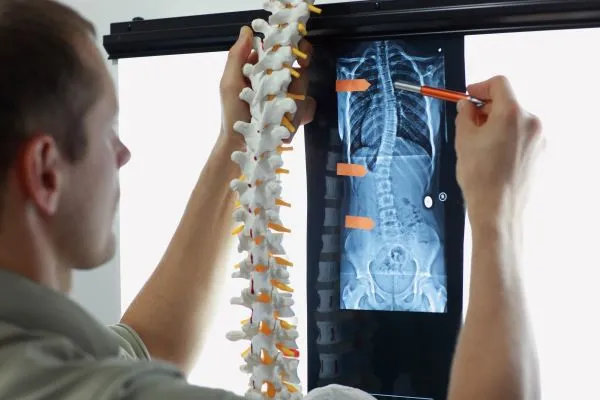Knowledge of deformity types will help, too.
When a patient reports to the orthopedist for spinal arthrodesis, you’ll need to know whether the surgery was done to correct trauma or to treat a spinal deformity acquired due to disease process.
Why? There are a different set of codes for spinal deformity surgery; using other spinal codes will result in miscoding and a denial.
During her HEALTHCON 2024 presentation “Spine Fusion Confusion,” Deni Adams, CPC, CPB, CPPM, CEMC, CPEDC, CCA, director of coding and implementation services at Kaleidoscope Health Systems in Minneapolis, ran down the details you’ll need to get right to make your spinal deformity arthrodesis claim correct. Check out this primer on coding for spinal deformity surgery so you get the claim right the first time.
Know Spinal Deformity Types
Adams reminded attendees that you’ll code for spinal deformity surgery when the procedure is “done to correct congenital or other spinal deformity acquired due to disease process, not caused by trauma.”

There are three diseases that are typically treated with spinal deformity surgery:
Use These Codes for Posterior Approach
There are two approaches that the surgeon could use to perform spinal deformity arthrodesis. The first method is posterior, in which the patient is “prone on the operating table. The incision is made into the back or neck,” explained Adams.
When the orthopedist performs spinal deformity arthrodesis, you’ll choose from the following codes, depending on encounter specifics:
Like all the surgery codes discussed in this article, these codes include any necessary osteotomies the surgeon performed.
Use These Codes for Anterior Approach
The other approach the surgeon might use for spinal deformity arthrodesis is anterior. During anterior approach, the patient is face up on the operating table, and the incision is made into the neck or belly, explained Adams.
When the surgeon performs anterior arthrodesis, choose from one of the following codes, depending on encounter specifics:
“Be careful when choosing an anterior approach code because how they group the number of segments is different than posterior,” warned Adams.
Kyphectomy Calls for These Codes
There is a third, more extreme, type of surgery for spinal deformity: Kyphectomy.
“This is kind of a big deal; kind of a scary deal,” relayed Adams. “We’re going to take the entire bone out with kyphectomy, exposing your spinal cord; and then we’re going to put enough graft in there to keep it all together, along with a couple of plates and rods.”
When the surgeon performs kyphectomy for spinal deformity, choose from one of the following codes, depending on encounter specifics:
These surgeries are not done very often, Adams stressed. When they are performed, it is usually for one of the reasons below:

Remember Instrumentation for Spinal Fusions
If the orthopedist performs any of the following services during surgery, you can report them along with your spinal deformity arthrodesis code:
Instrumentation: Codes +22840 (Posterior non-segmental instrumentation (eg, Harrington rod technique, pedicle fixation across 1 interspace, atlantoaxial transarticular screw fixation, sublaminar wiring at C1, facet screw fixation) (List separately in addition to code for primary procedure)) through +22859 (Insertion of intervertebral biomechanical device(s) (eg, synthetic cage, mesh, methylmethacrylate) to intervertebral disc space or vertebral body defect without interbody arthrodesis, each contiguous defect (List separately in addition to code for primary procedure))
Grafts: Codes +20930 (Allograft, morselized, or placement of osteopromotive material, for spine surgery only (List separately in addition to code for primary procedure)) through +20939 (Bone marrow aspiration for bone grafting, spine surgery only, through separate skin or fascial incision (List separately in addition to code for primary procedure))
Stereotactic navigation: Code +61783 (Stereotactic computer-assisted (navigational) procedure; spinal (List separately in addition to code for primary procedure)).
Chris Boucher, MS, CPC, Senior Development Editor, AAPC
